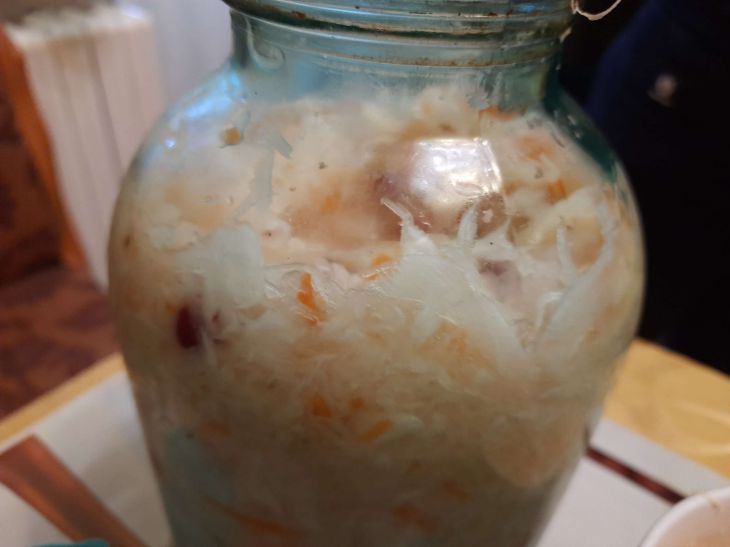How experienced gardeners use sauerkraut brine to increase yields
Only the lazy don’t know about the benefits of sauerkraut.
Even its brine is medicinal, so it is drunk instead of kvass or added to soups to give them a characteristic smell and sourness.
But experienced gardeners know another secret of this amazing product: with the help of brine from sauerkraut, you can increase the yield of garden crops.
Why is brine so valuable in agriculture?
Everyone has heard of EM preparations. They are a solution or powder mass that contains beneficial bacteria.
These are the bacteria that live in the soil and convert organic matter into a nutrient medium for plants.

Unlike mineral fertilizers, the products of bacterial activity represent the entire spectrum of essential nutrients, from nitrogen, potassium and phosphorus to rare minerals.
Plus, all these elements are in a form accessible to the plant.
This significantly accelerates the feeding process, which leads to rapid growth of the leaf-stem mass, faster fruit setting, an increase in their number and size. That is, the yield increases significantly.
What does brine have to do with this? Very directly. The fact is that the most common beneficial microorganisms are lactic acid bacteria. They come in several types, but they all feed on organic matter.
They live everywhere in large numbers, for example, on plant leaves. Including cabbage leaves (that's why it ferments very quickly). Once in a humid environment, they begin to actively reproduce and feed.
In many EM preparations, lactic acid bacteria are the ones that are contained in the largest quantity. For example, if you read the composition of such a popular preparation as "Baikal", you will find lactic acid bacteria in the first place. This means that they are the most in the composition.
How to Use Brine in the Garden
Brine from sauerkraut, as well as from other pickled vegetables, fruits and berries (cucumbers, tomatoes, soaked apples, etc.) can replace "Baikal" and similar preparations in the garden.
There are two ways to use it.
1. Fertilizing with the brine itself. You can dilute 1 liter of brine in 9 liters of water and water the beds from time to time.
2. Use brine for fermentation. In this case, you need to ferment grass or household waste with brine. For example, put kitchen peelings and/or green grass in a bucket, filling the container halfway. Fill with water, add brine as a fermentation starter and put the bucket in a warm place. Stir 1-2 times a day. After 5-7 days, use the liquid as described in the first method (1 liter per bucket of water). Fermented grass can be placed between the rows in the beds.
And finally, two important nuances: bacteria live in a humid environment and need organic matter. Therefore, such fertilizer works well on mulched beds.
